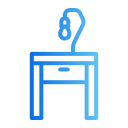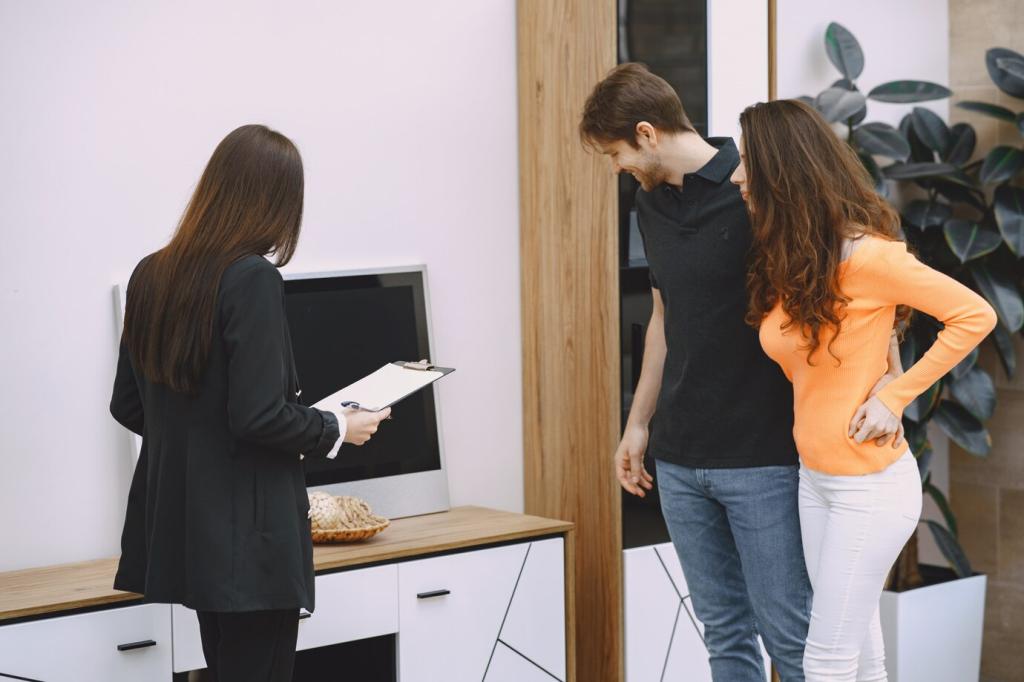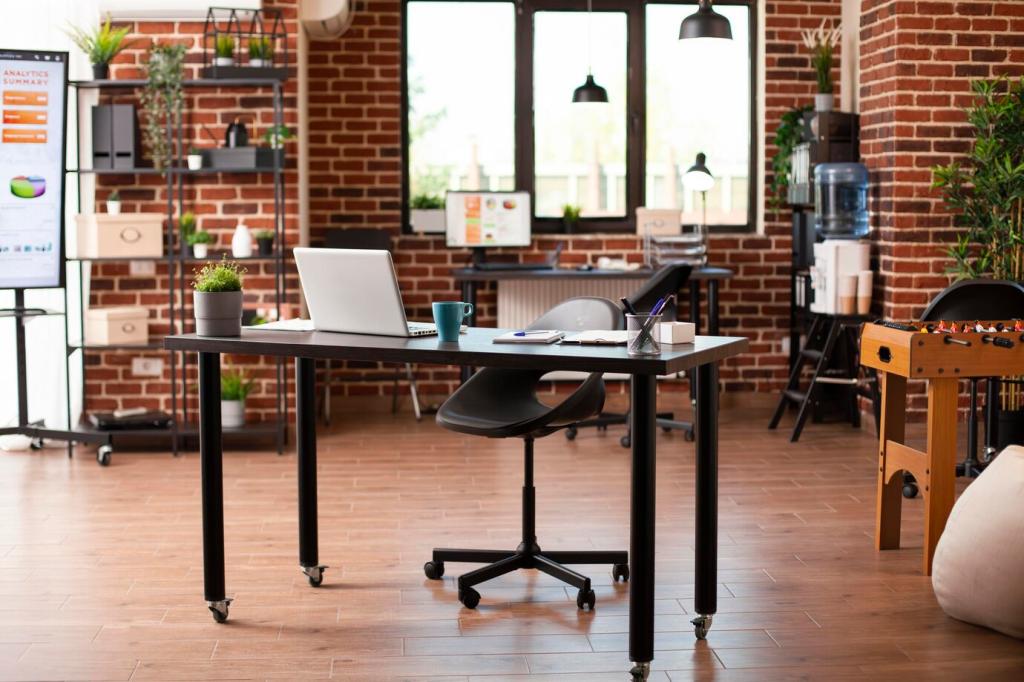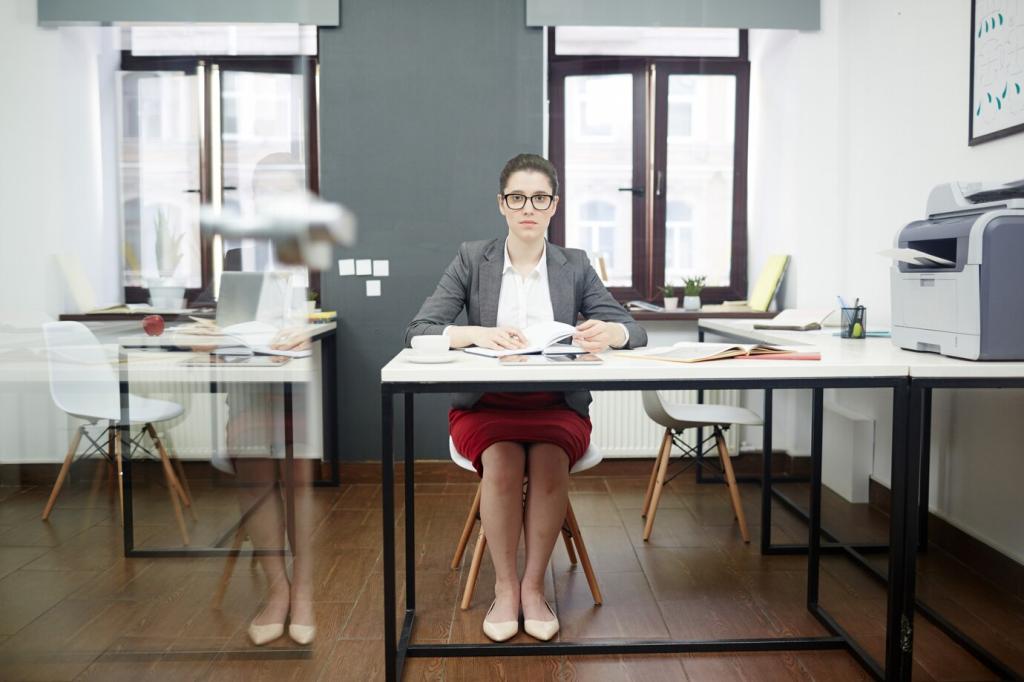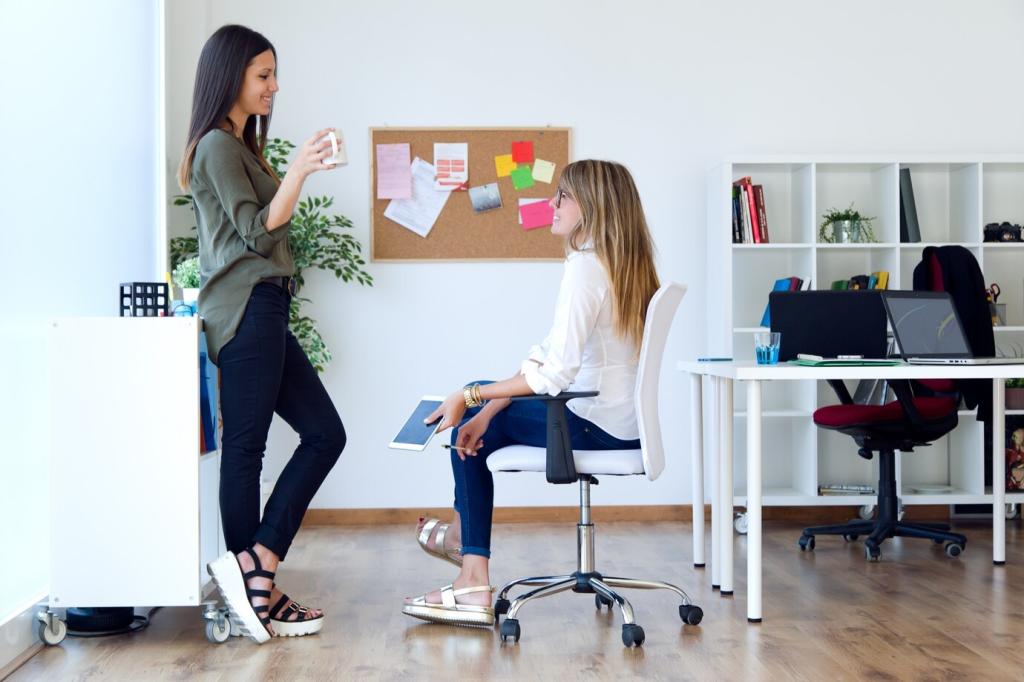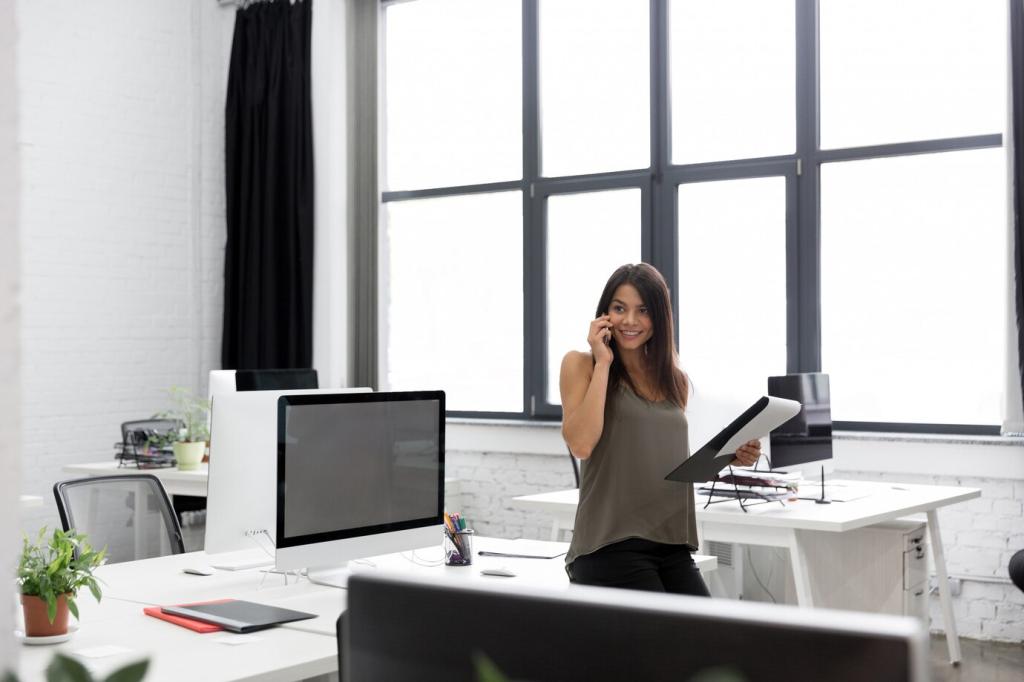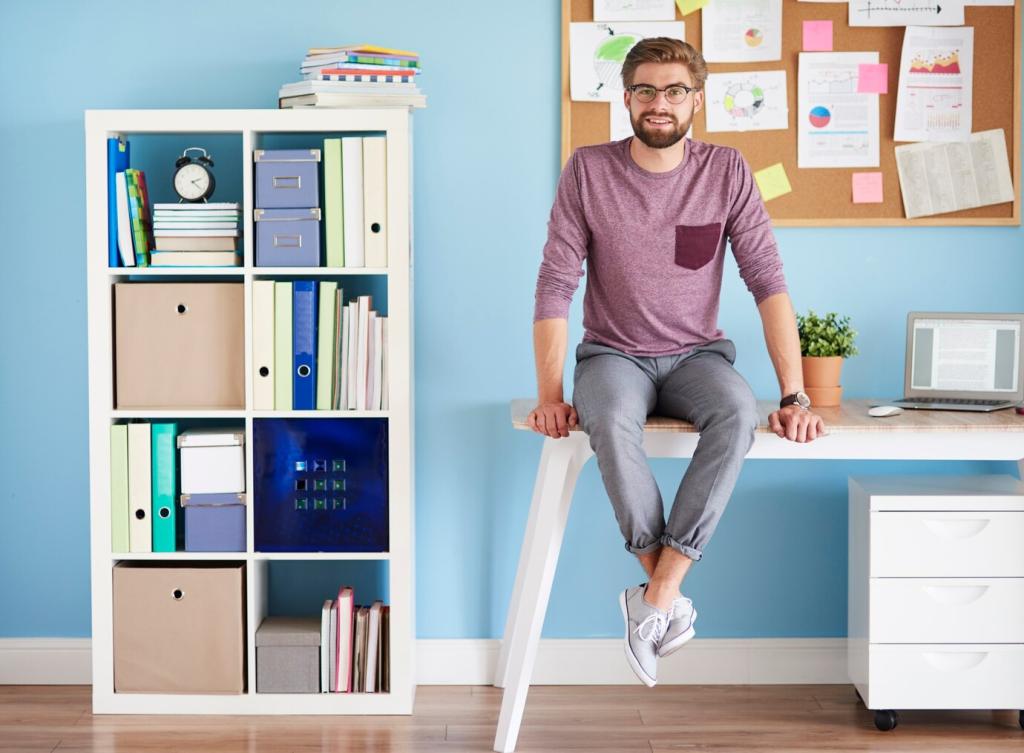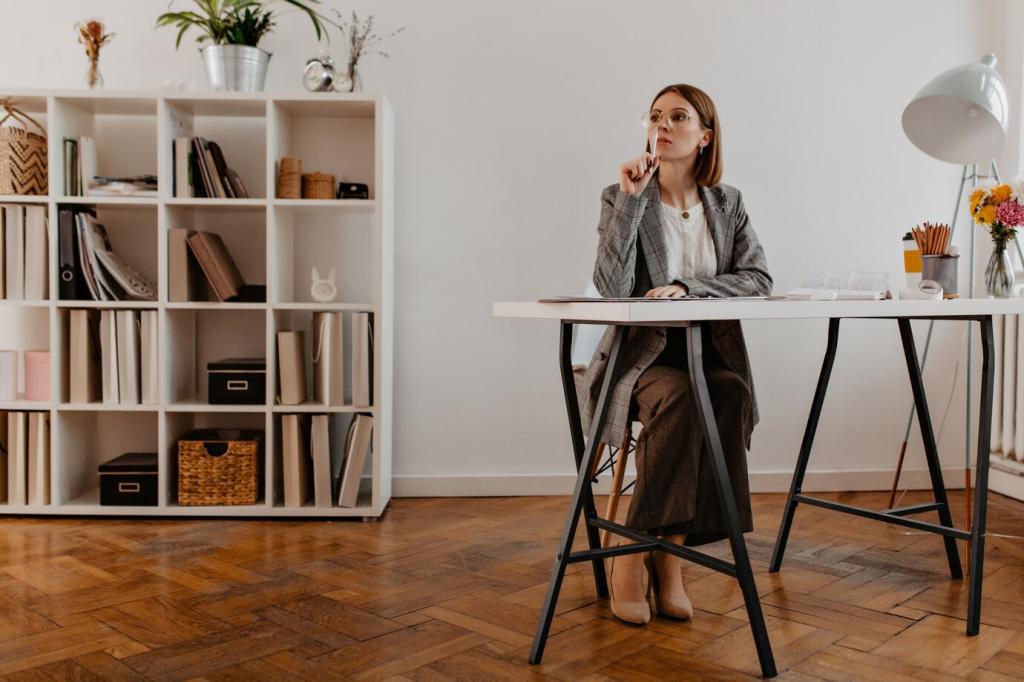Why Standing Matters (and What It Doesn’t Fix)
The biggest win is not standing all day; it’s switching positions regularly. When you rotate between sitting, standing, and short walks, your body distributes load better and your brain benefits from gentle, frequent resets.
Why Standing Matters (and What It Doesn’t Fix)
Many people report fewer post-lunch crashes when they alternate posture. Standing encourages subtle muscle activation, which helps you stay alert without reaching for another coffee or a sugary snack to power through.
